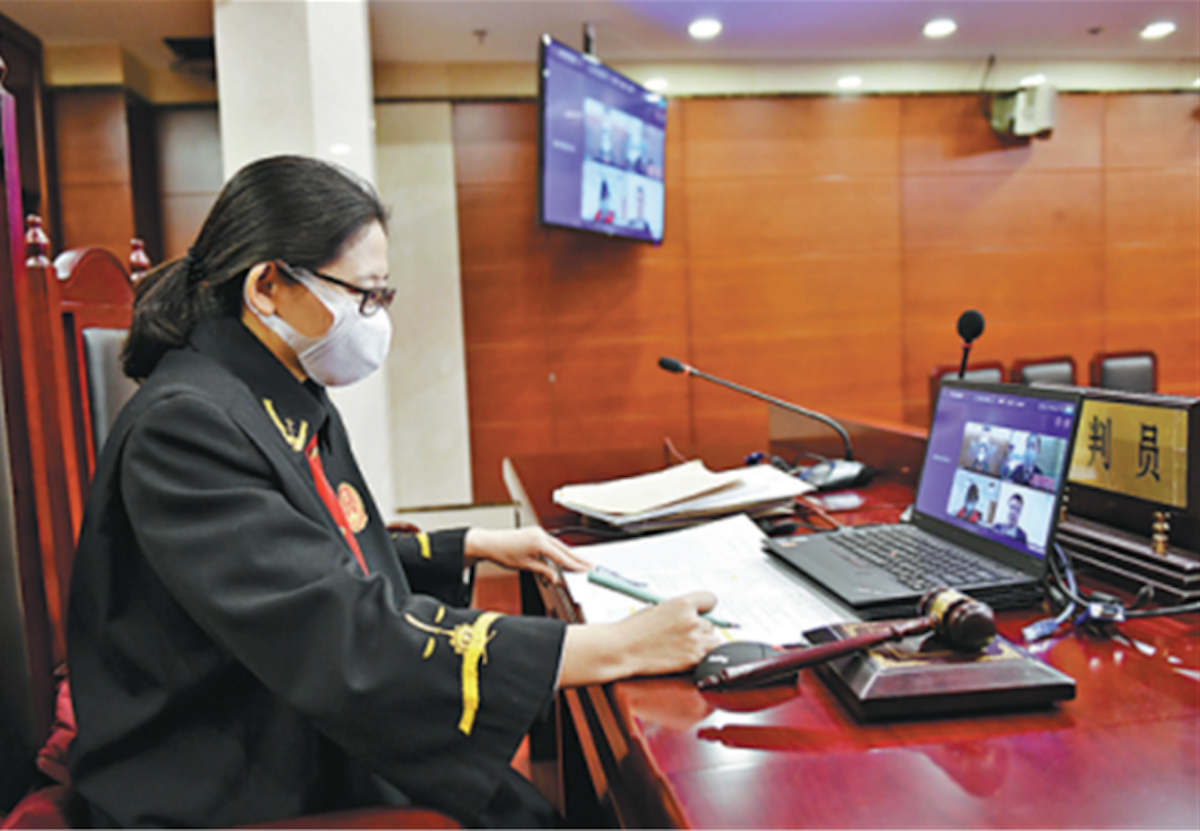Justice systems worldwide are leaving paper-based procedures and legacy IT systems and embracing digital technologies. The journey is progressive and has a different pace for the various court systems in different states. The transition redefines ways through which justice gets delivered.
The different ways courts embrace the justice system promise fairer, less expensive, and more efficient procedures. The digital shift is a step to reduce the array of challenges facing the court system. Courts face limited resources leading to a backlog of cases, overuse of paper, millions of documents, and the window of corruption that’s opened by physical paperwork.
Here are the ways in which the court system has embraced technology.
Electronic Scheduling
Contents [show]
Court staff have begun using automation tools like Skype and Outlook to book courtrooms, reserve cells, reserve audio equipment, alert prison officials to bring offenders, and even order refreshments. The tools also come in handy in scheduling court dates and reminders for court clerks, jury members, judges, witnesses, and legal teams.
Digital scheduling and automated reminders provide a solution to unnecessary adjournments stemming from scheduling conflicts.
Sentencing
Judges are using sentencing profiles to help determine their sentencing. Judges compare the present cases with previous offenders who had similar cases and profiles. The historical record of sentences in similar crimes allows judges to make sure sentences are in line. This transformation backs the judge’s intuition by allowing them to easily refer to the previous records, granting a confident award of penalties.
Digital sentencing is also opening a window for sentencing statistics to help make informed penalties. For instance, statistics may show that a specific bracket of income groups is unable to raise funds for fines. Judges may then opt for community services as a penalty for such defendants depending on the crime.
Online Dispute Resolution (ODR)
ODR is a new way of resolving disputes and civil crimes. Online platforms work as alternatives to traditional court systems. The benefit of ODR is that it eliminates a lot of expenses from courtroom trials.
During an ODR trial, a mediator or judge remotely resolves the case together with the disputing parties through platforms such as Skype and Google Meet. In most states that practice ODR, the cases usually involve smaller claims of up to approximately 10,000 dollars. However, over time, the alternative courts could handle cases involving even more massive amounts.
ODR is speedy, therefore, cutting the cost of attorneys spending weeks in courtroom trials. The advantages are even bigger to citizens, since you can just find a criminal defense attorney in Chicago online and let them handle the case on your behalf.
Automated Archives and Retrieval Systems
Legal teams, prosecutors, magistrates, judges, and court clerks spend a significant amount of time searching, analyzing, and storing legal materials. Some courts have started to pick up automated storage mechanisms, which will essentially lead to a more informed and faster decision making process. Additionally, the record of cases makes them accessible to all citizens, a significant step towards the judicial system’s transparency.
Interactive Service Portals for Citizens
Courts have adopted online portals to allow systems to interact with them. For example, the court staff provides advice and information on how to pay fines and fees or provide hours of operation, while at the same time helping citizens make appointments for their hearings in minor offenses.
The UK, Netherlands, and states across the Nordic region are already using citizen service portals.
Courts Have a Slow-Paced but Progressive Journey to Digital Justice
The work of the court system is very sensitive. Its sensitivity has made the digital shift relatively slow, with several hurdles along the way. In some countries, the law itself is an impediment. For instance, in some states, the only technology allowed in a courtroom is photography or film as Evidence.
Infrastructure is also a hindrance, since some of these system’s effectiveness depends mainly on excellent wifi connectivity and many digital tools. Irrespective, courts worldwide are slowly finding means to beat the odds and are digitizing little by little.


